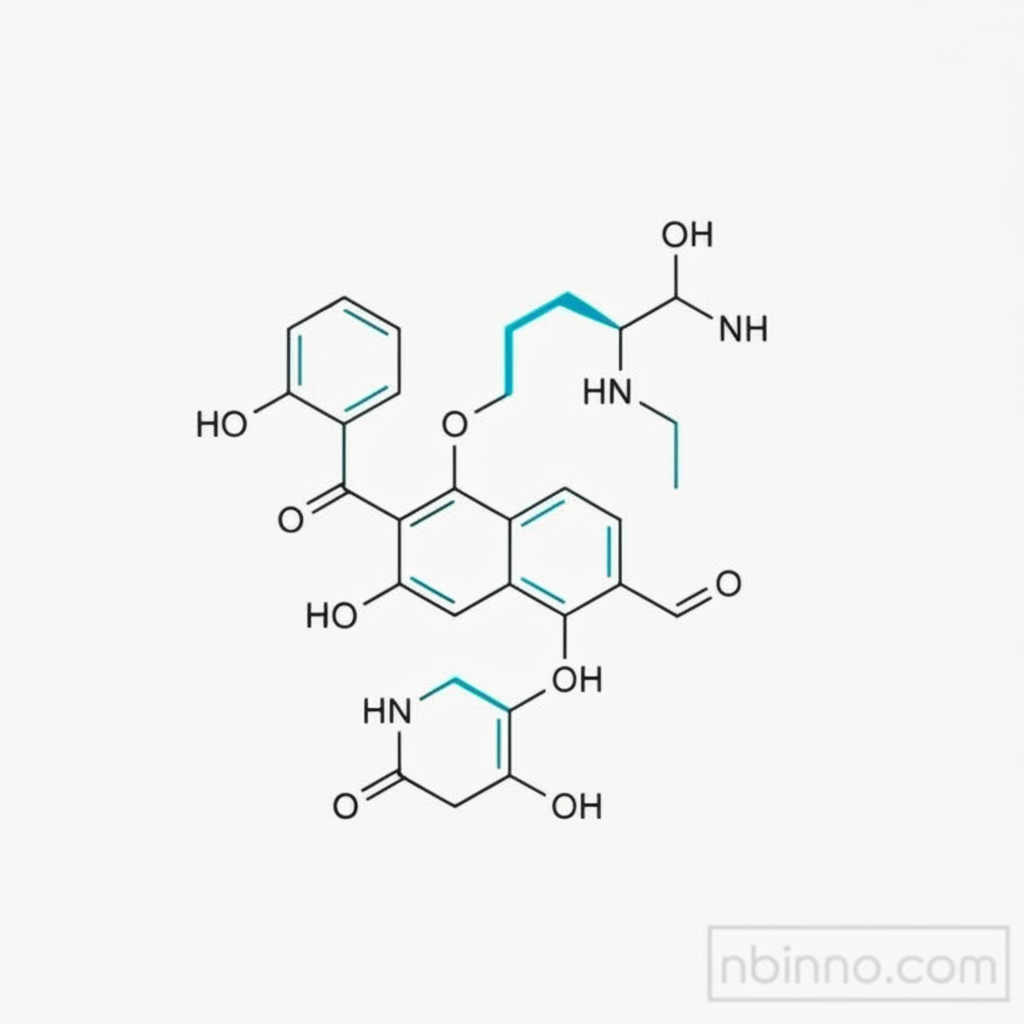6,6-Dimethylhept-1-en-4-yn-3-ol: A Key Intermediate for Antifungal Synthesis and Versatile Chemical Building Block
Discover the critical role and diverse applications of this essential chemical intermediate in pharmaceuticals and organic chemistry.
Get a Quote & SampleProduct Core Value

6,6-Dimethylhept-1-en-4-yn-3-ol
This unsaturated alcohol, identified by CAS number 78629-20-6, is a pivotal compound in the pharmaceutical industry, most notably serving as a key intermediate in the synthesis of terbinafine, a widely used antifungal medication. Its molecular structure, featuring an alkene, an alkyne, and a hydroxyl group, endows it with significant versatility for various chemical transformations, making it a valuable asset in advanced organic synthesis projects.
- The 6,6-dimethylhept-1-en-4-yn-3-ol synthesis process has seen advancements, moving towards safer and more efficient production methods.
- As a terbinafine intermediate, its reliable supply is crucial for the consistent manufacturing of antifungal treatments.
- The compound's unique combination of functional groups makes it an ideal chemical building block for creating complex molecular architectures.
- Research into its applications explores its potential beyond antifungal drug synthesis, highlighting its broad utility in organic chemistry.
Advantages
Pharmaceutical Efficacy
Crucial for the synthesis of terbinafine, contributing directly to effective antifungal treatments.
Synthetic Versatility
Serves as a versatile chemical building block, enabling complex molecular design through its alkene, alkyne, and hydroxyl functionalities.
Process Innovation
Development of improved 6,6-dimethylhept-1-en-4-yn-3-ol synthesis methods enhances safety and scalability in pharmaceutical intermediate production.
Key Applications
Antifungal Drug Manufacturing
As a critical terbinafine intermediate, its demand is directly linked to the production of essential antifungal medications.
Advanced Organic Synthesis
Its multifaceted functional groups make it a sought-after reagent for researchers involved in organic synthesis and the creation of novel chemical entities.
Custom Chemical Synthesis
The compound is often utilized in custom chemical synthesis projects requiring precise molecular structures.
Research and Development
Supports ongoing R&D efforts in developing new synthetic routes and exploring novel applications for complex organic molecules.
